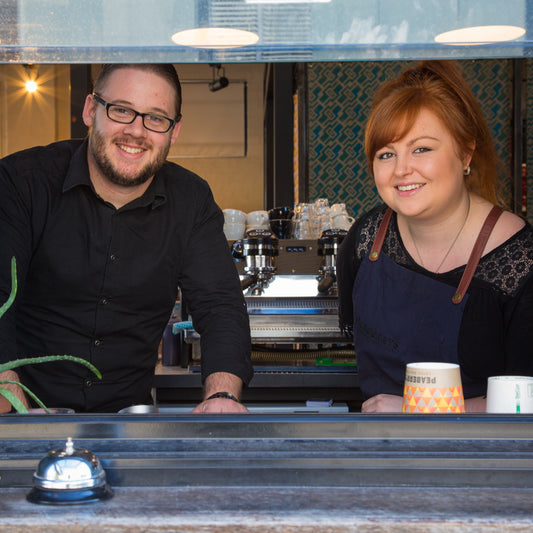Roster the People
The best way to manage labour cost is to calculate the cost of your roster and compare that to whatever sales you expect to make that week. There are various software packages / online tools to handle rostering (like Deputy), however you can just use a spreadsheet like this: One sheet to handle the roster itself (with names / shifts) and a second sheet that calculates what all those shifts are going to cost. Divide the cost of the rostered shifts into the budgeted sales and you’ve got the labour percentage.
A system like this is great, but as long as you’ve got something that works as a roster & you know if you’re hitting budget – that’s all you really need.
One sheet to handle the roster itself (with names / shifts) and a second sheet that calculates what all those shifts are going to cost. Divide the cost of the rostered shifts into the budgeted sales and you’ve got the labour percentage.
A system like this is great, but as long as you’ve got something that works as a roster & you know if you’re hitting budget – that’s all you really need.
How to bring that % down
Lots of Cafes have labour costs that are simply too high. There are essentially 4 ways to reduce the labour %:1) Increase Prices
Obvious, but often not considered. Prices go up = more sales for the same hours.2) Reduce staff hours
The owner/s can either replace these hours by working more or they can simply cut overall hours. Either way, this usually comes at the cost of service and/or your sanity.
3) Reduce the ‘Average Hourly Rate’
By either hiring younger staff, or moving more expensive staff off the days with higher penalty rates (weekends, public holidays) – again, this can affect service.
4) Work more efficiently:
This is the ideal option, and there are a stack of ways to do this. Sometimes you can actually improve service while reducing labour cost.
Here are some ideas that can help:
- Replace labour-intensive items on your menu with items that you can serve with less work. The beauty of a cafe menu is that you can change it as often as you need to find what works.
- Reduce the number of ingredients needed to prepare the menu (to make the workspace cleaner & more efficient) by using common ingredients across several recipes.
- Invest in a faster grinder.
- Clean the tip of the milk steamer (it will slow down over time).
- Use time saving barista tools: milk-jug rinser, sugar dispenser, cup dispensers, etc.
- Find ways to move prep to the quieter part of the day so that items are quicker to serve during the rush.
- Depending on quality, look at using pre-portioned ingredients from foodservice suppliers (butter portions, sliced sourdough, cheese, etc).
- Cash Register with docket printing, saves time on handwriting, and admin.






